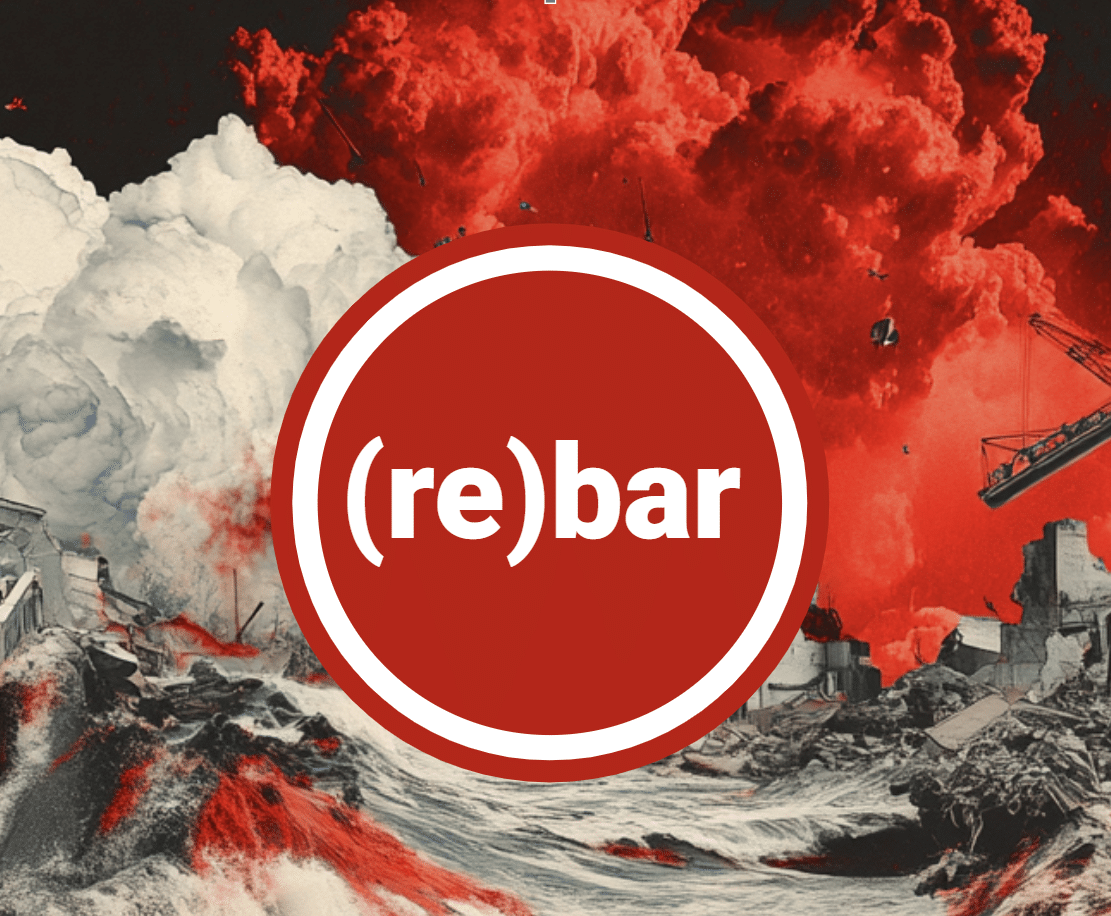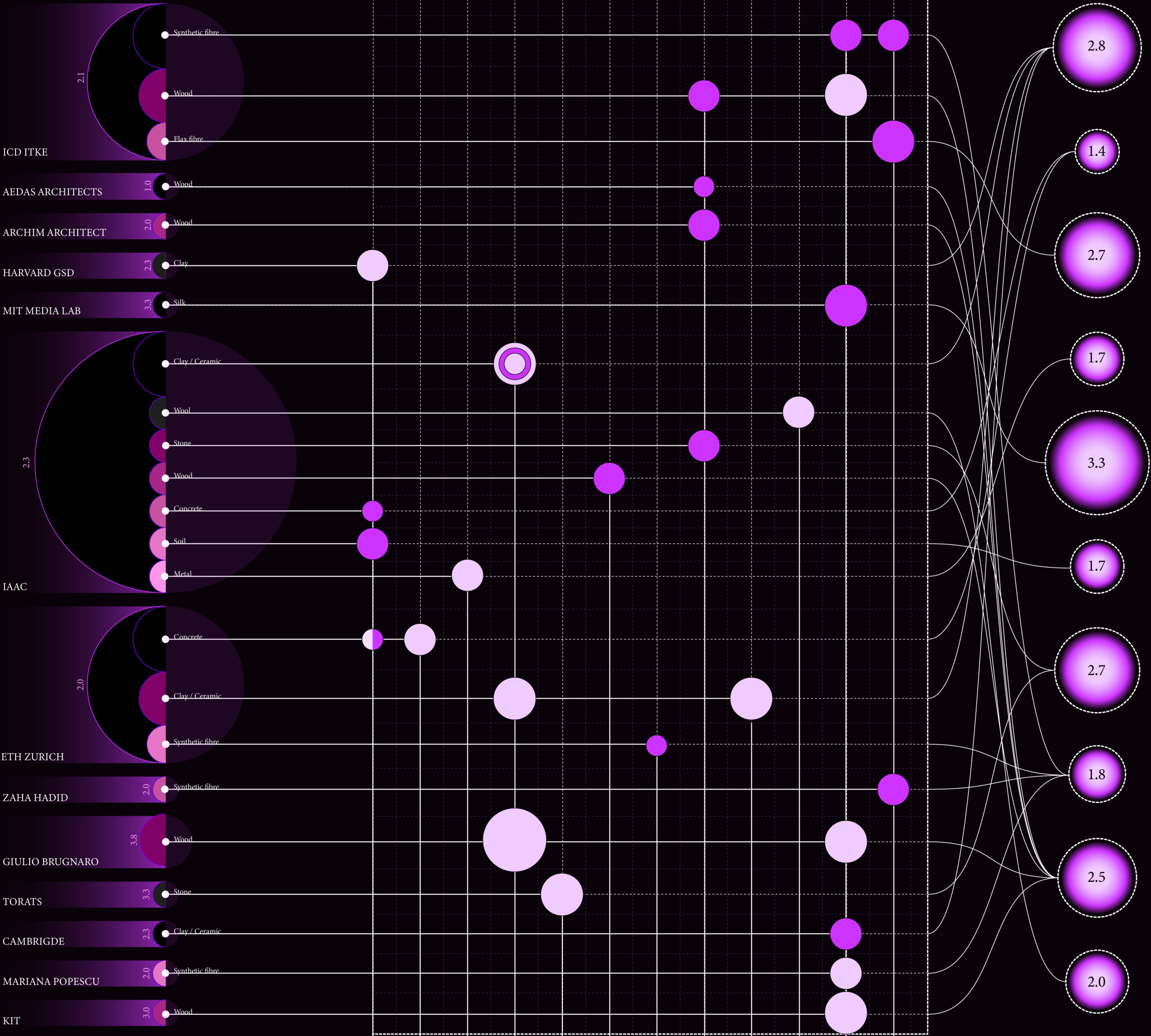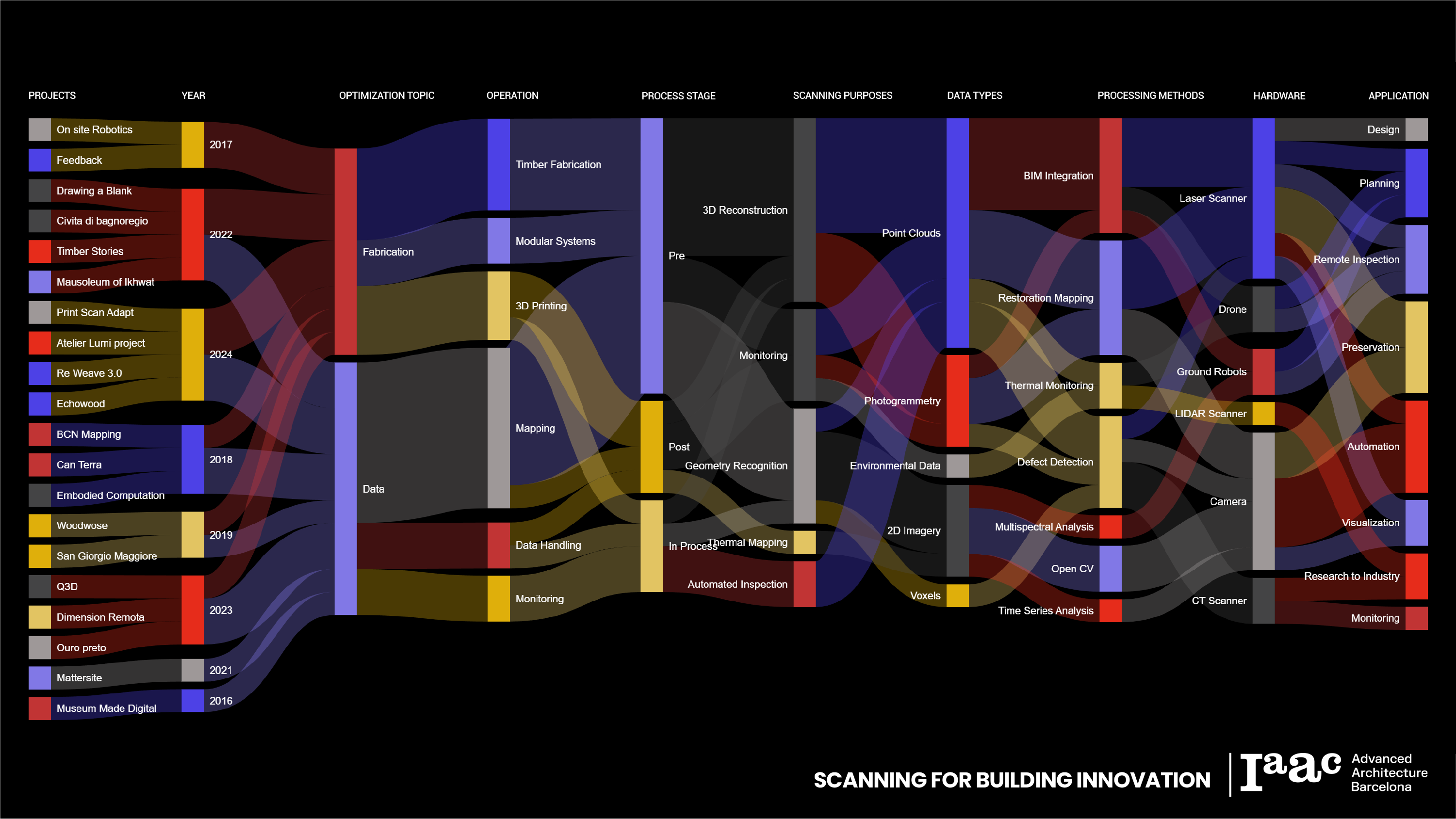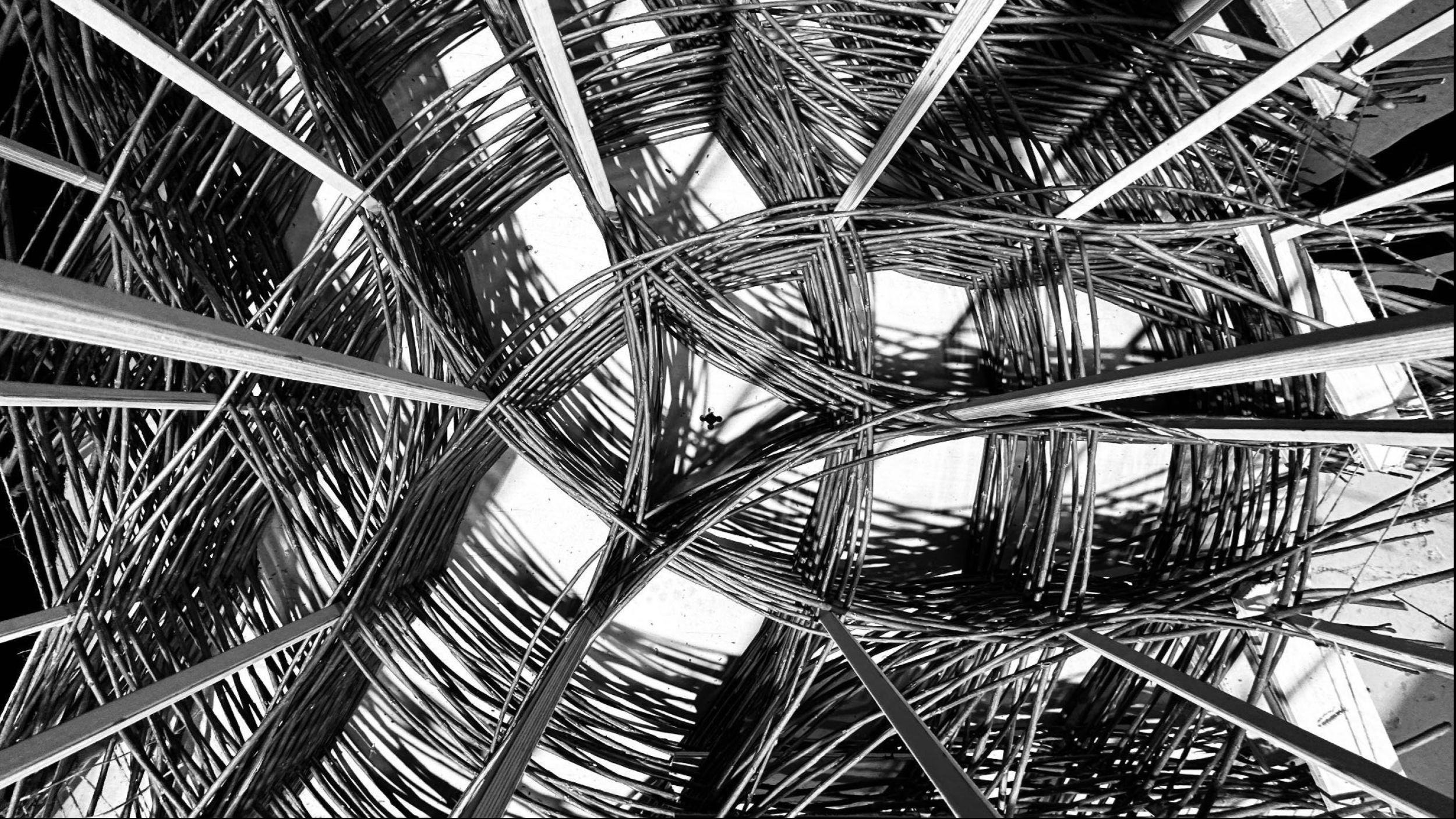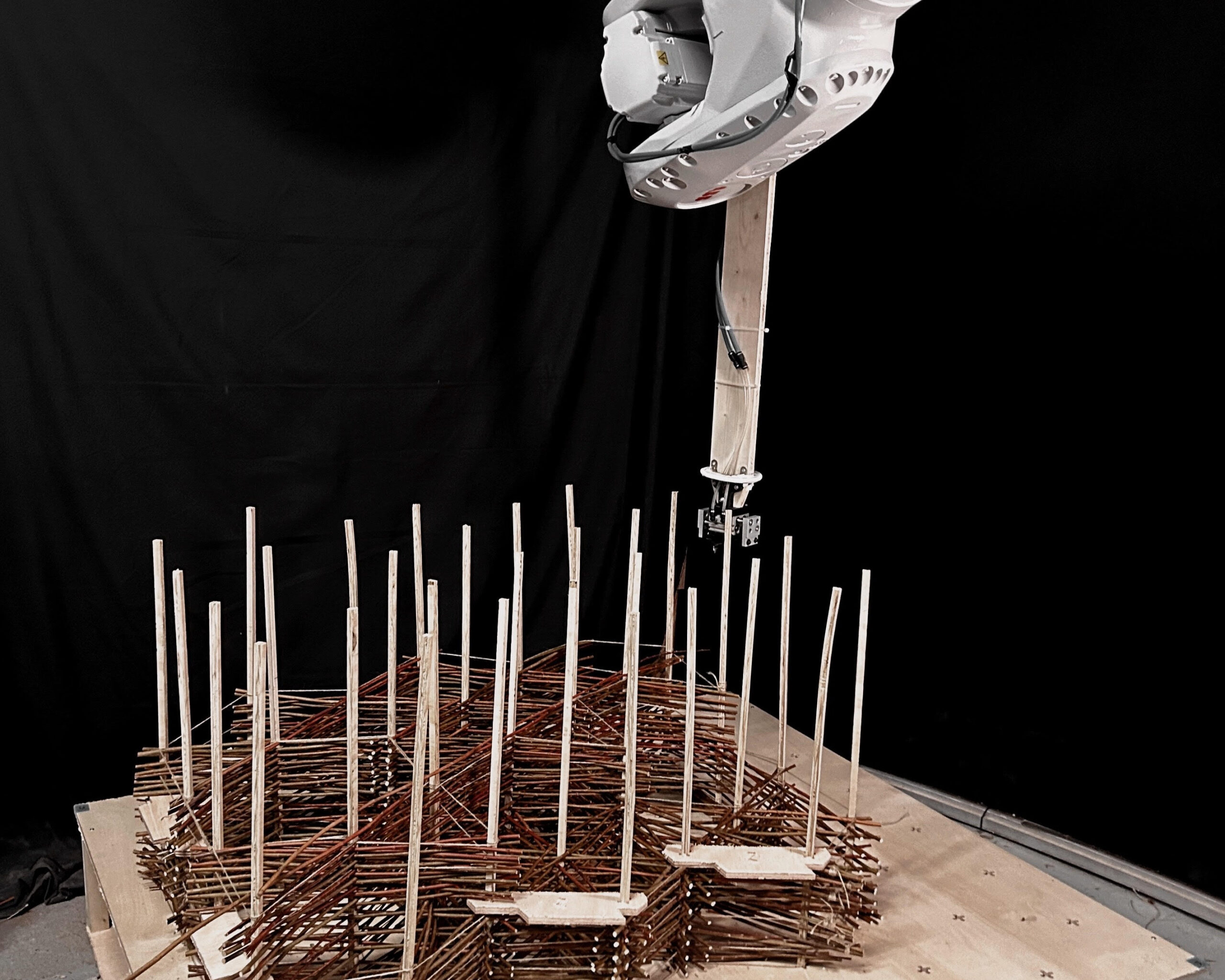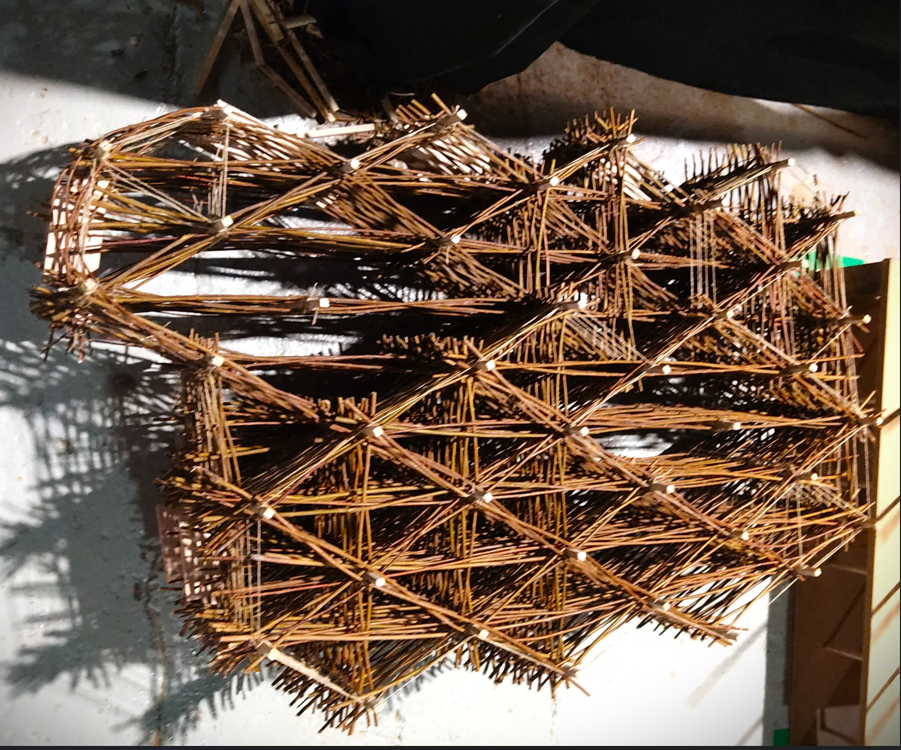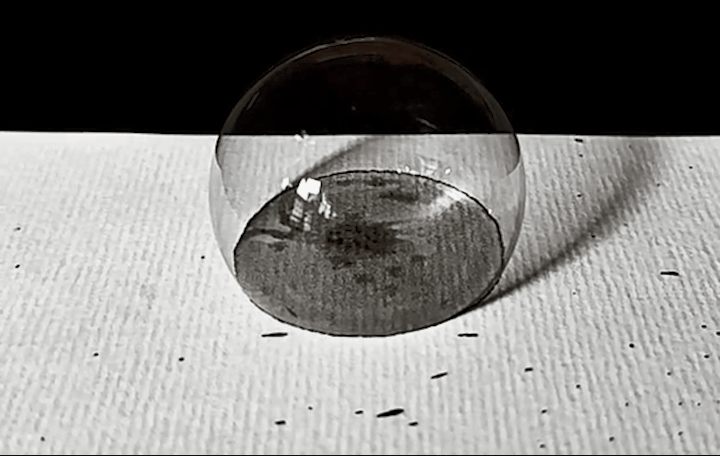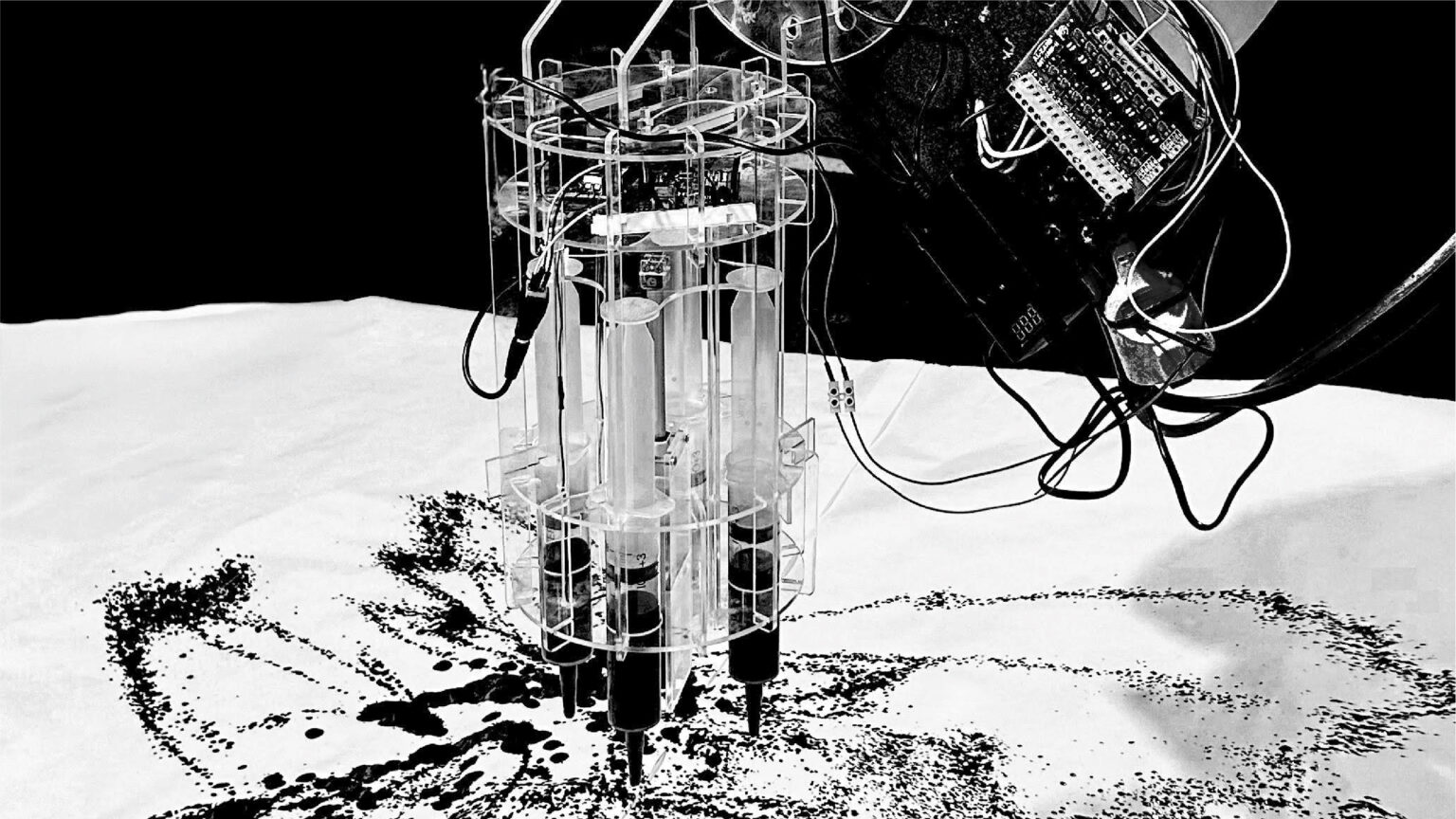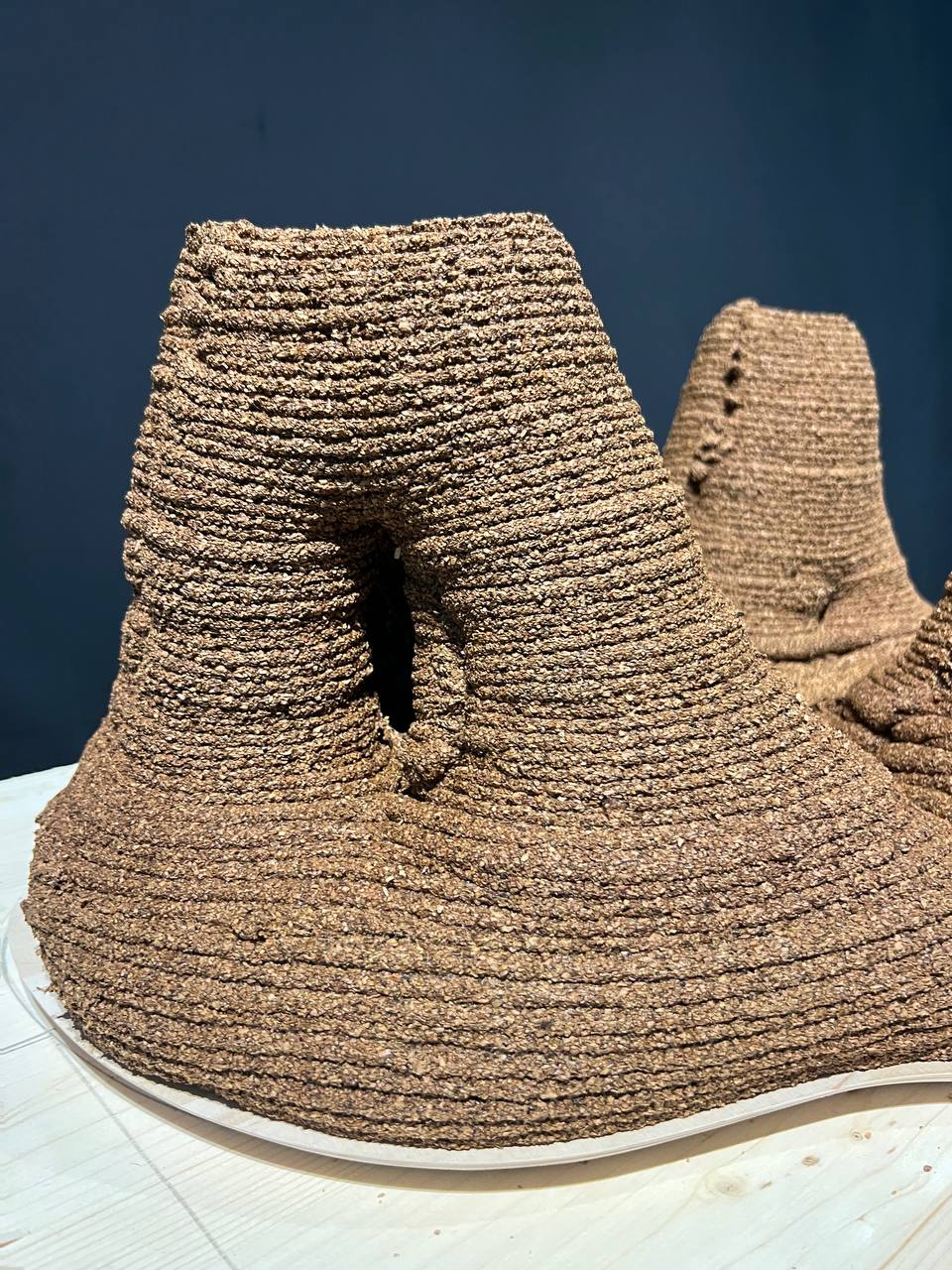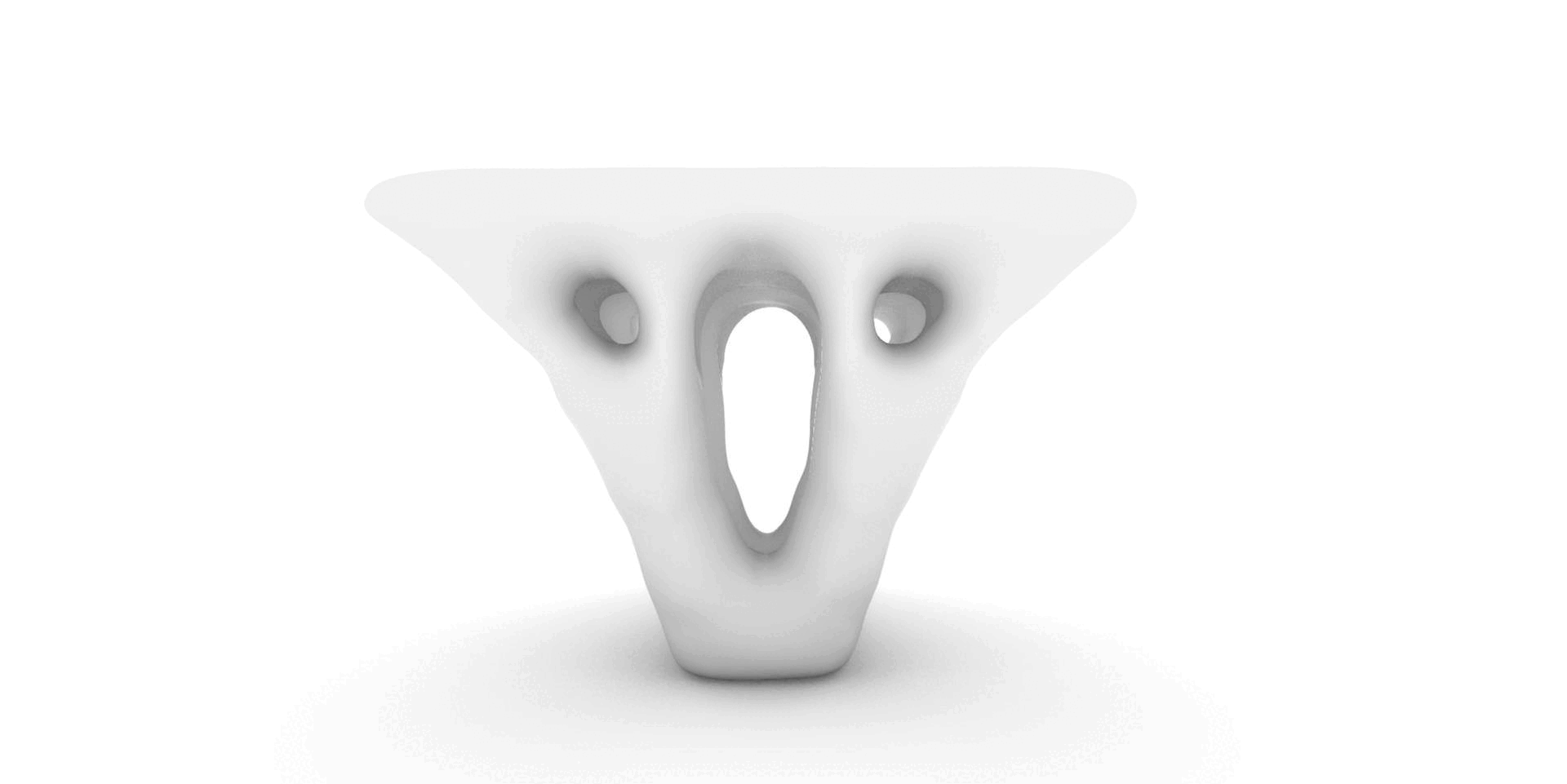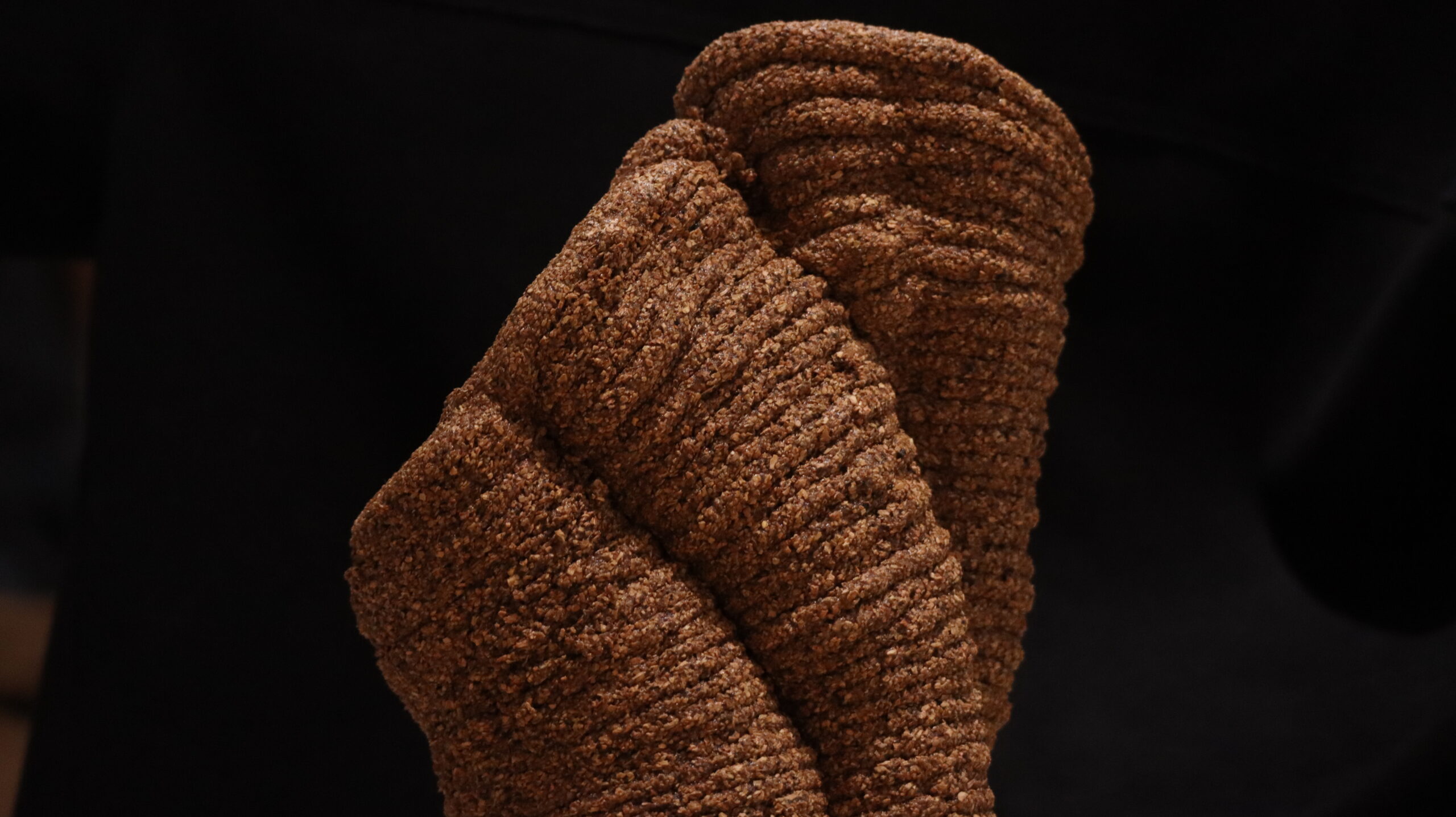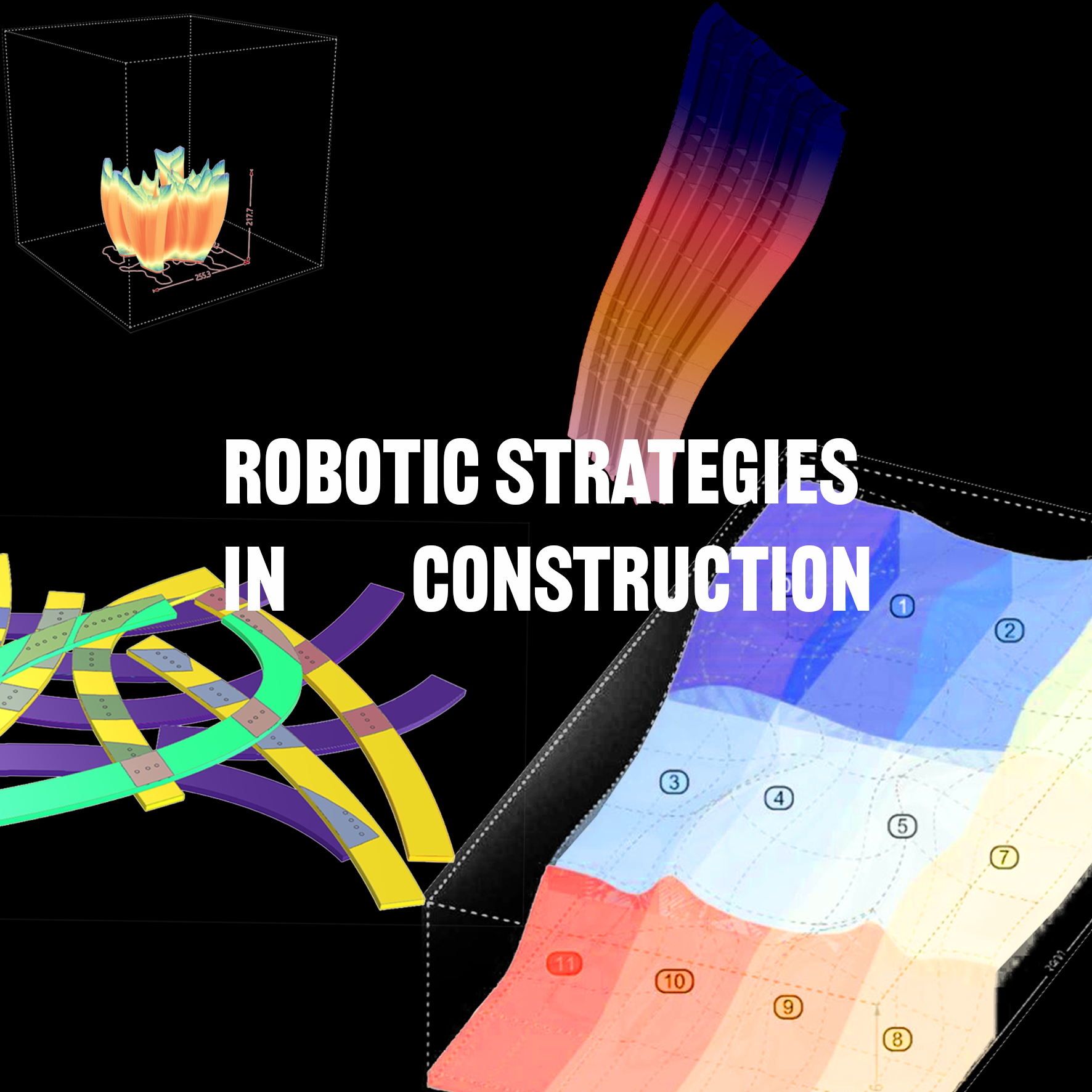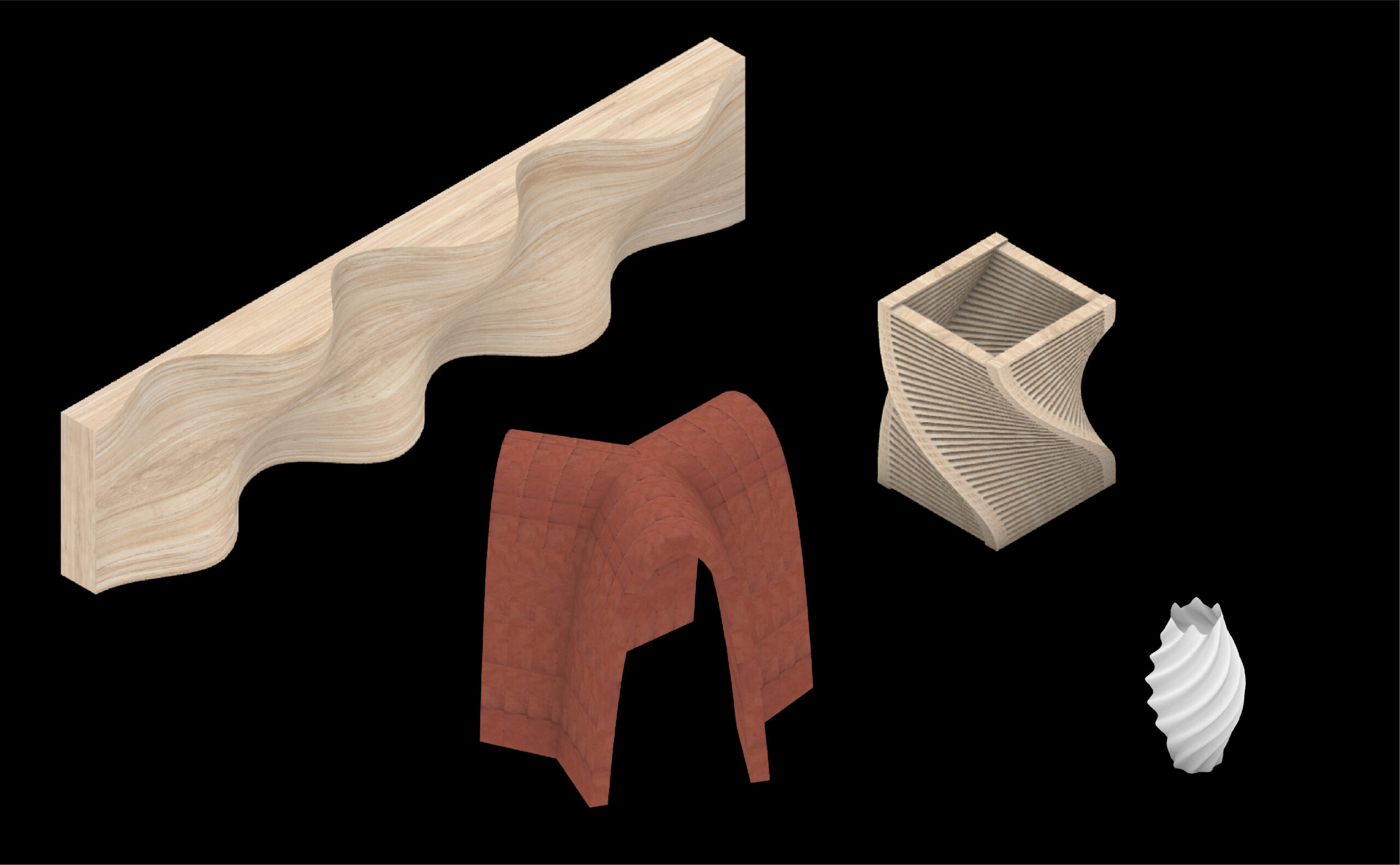(re)bar; a theoretical context for recycled reinforcement steel bars
dba Re2bar, LLC. Course Overview While the Robotic in Construction Term II Studio Course focuses on means and methods of robotic processes for sustainable materials, this term’s Applied Theory course, Theory and Contexts, fosters analytical thinking about how these materials may be relevant in the industry, addressing the sector’s resource waste (35% EU total) and … Read more

